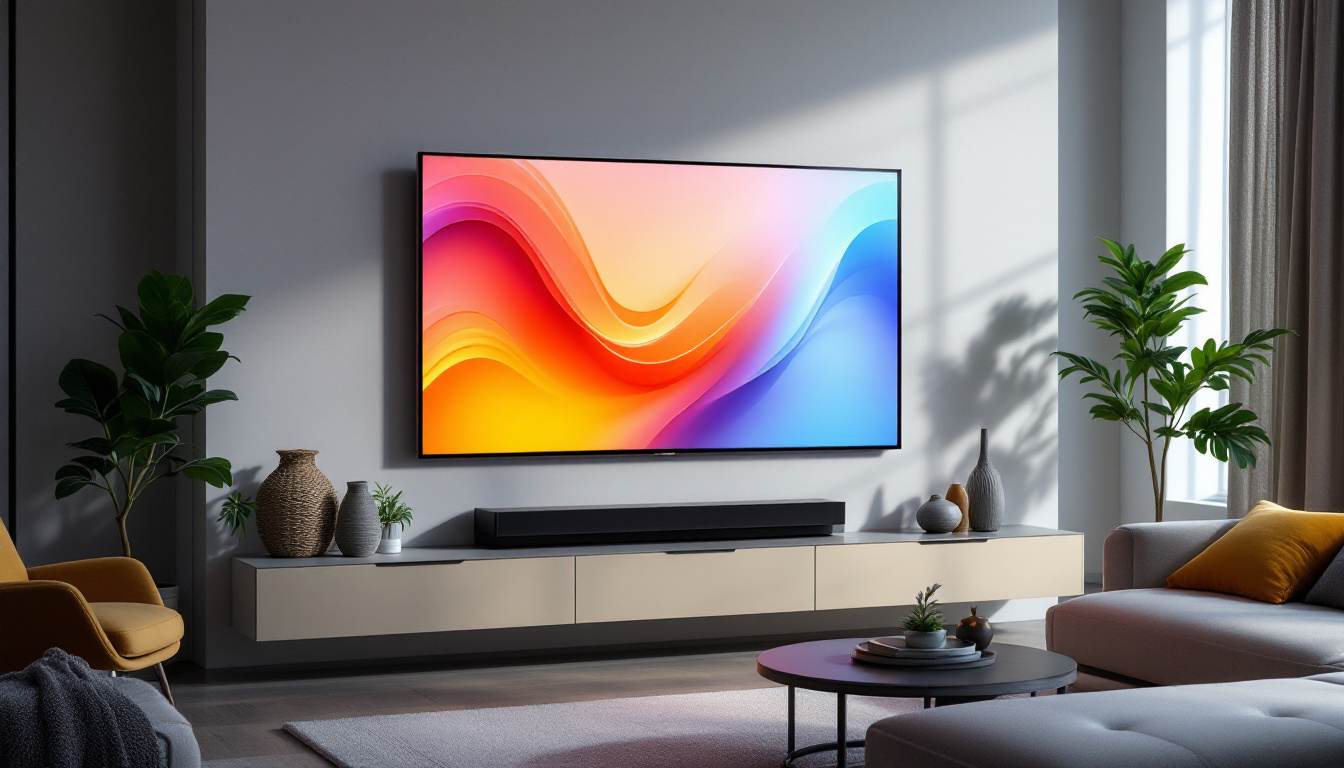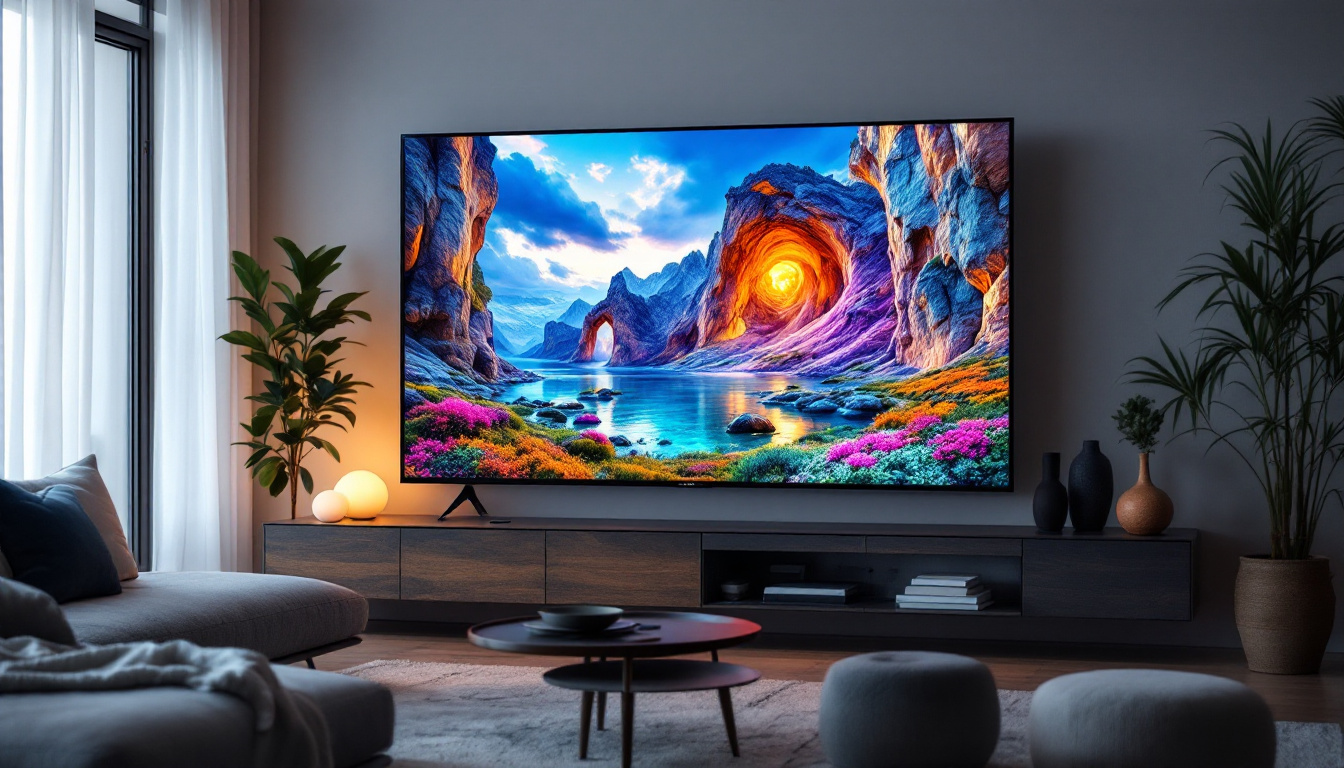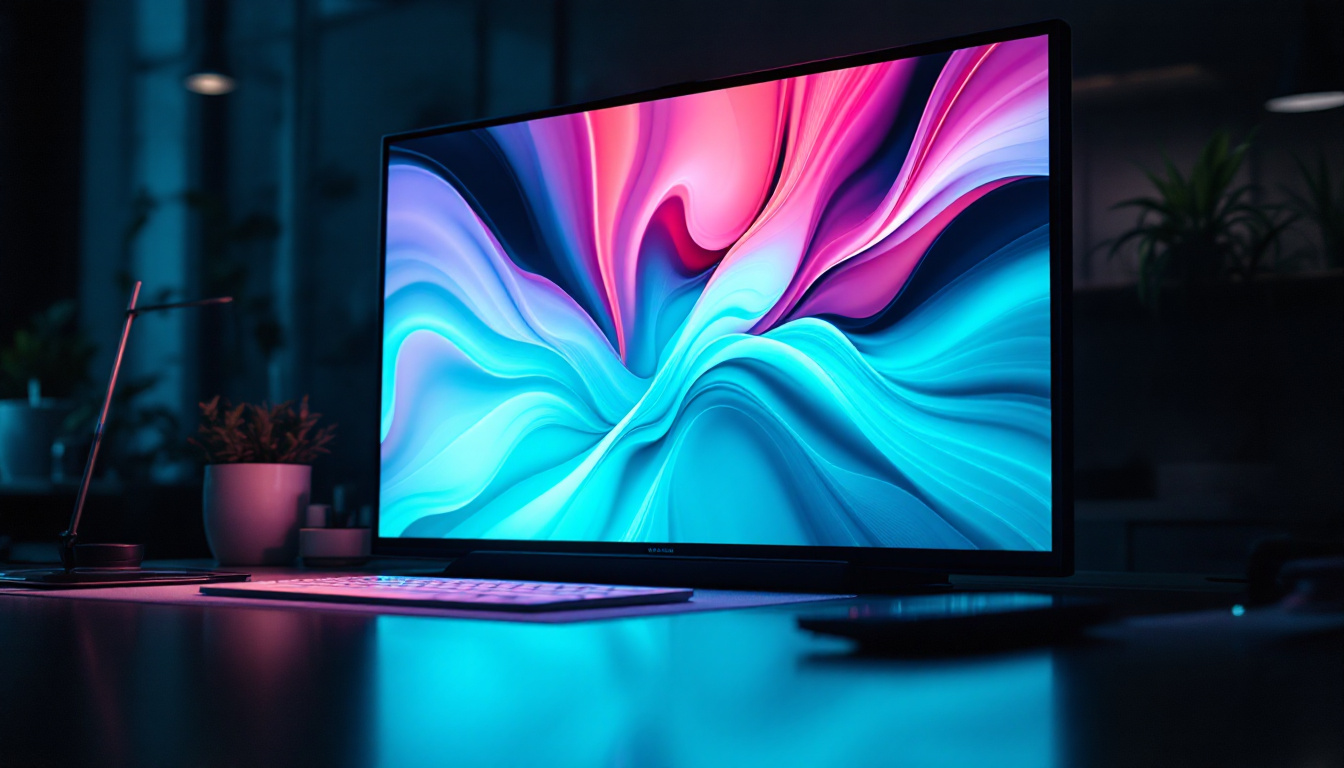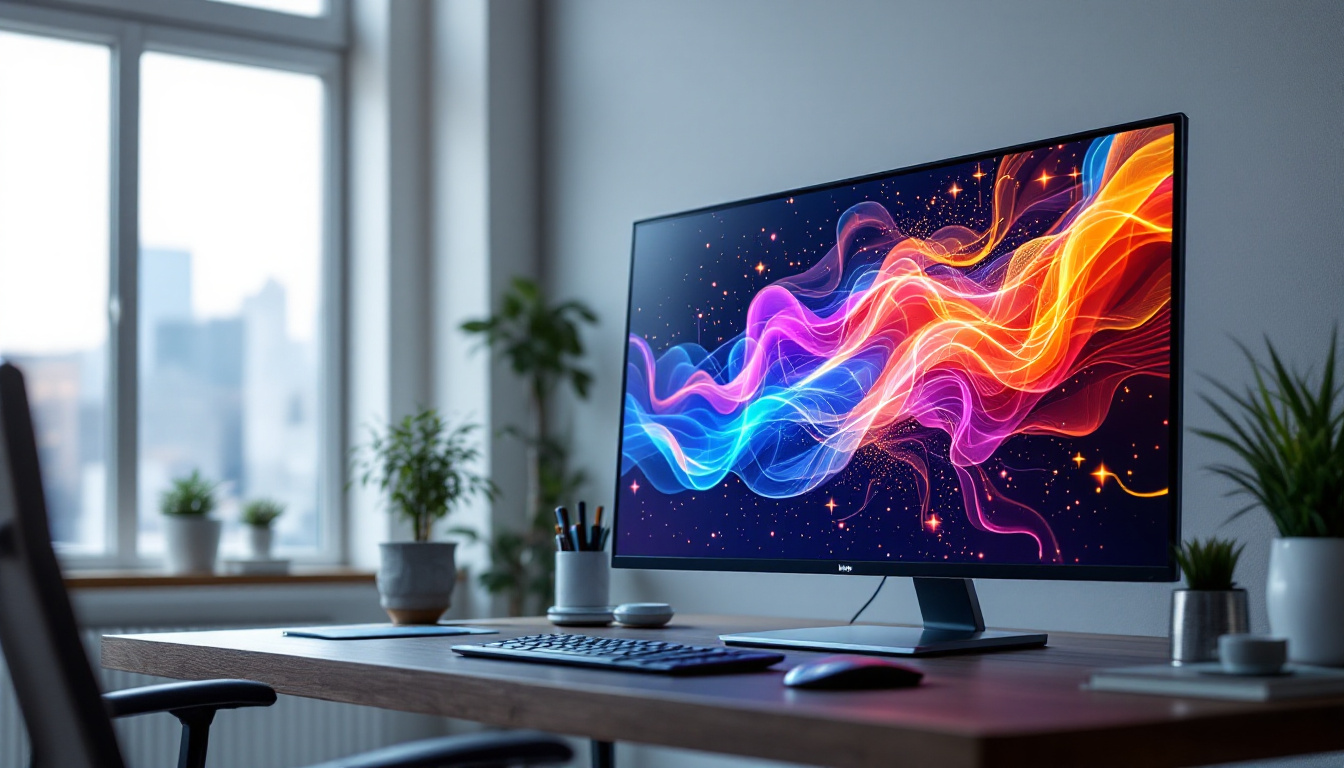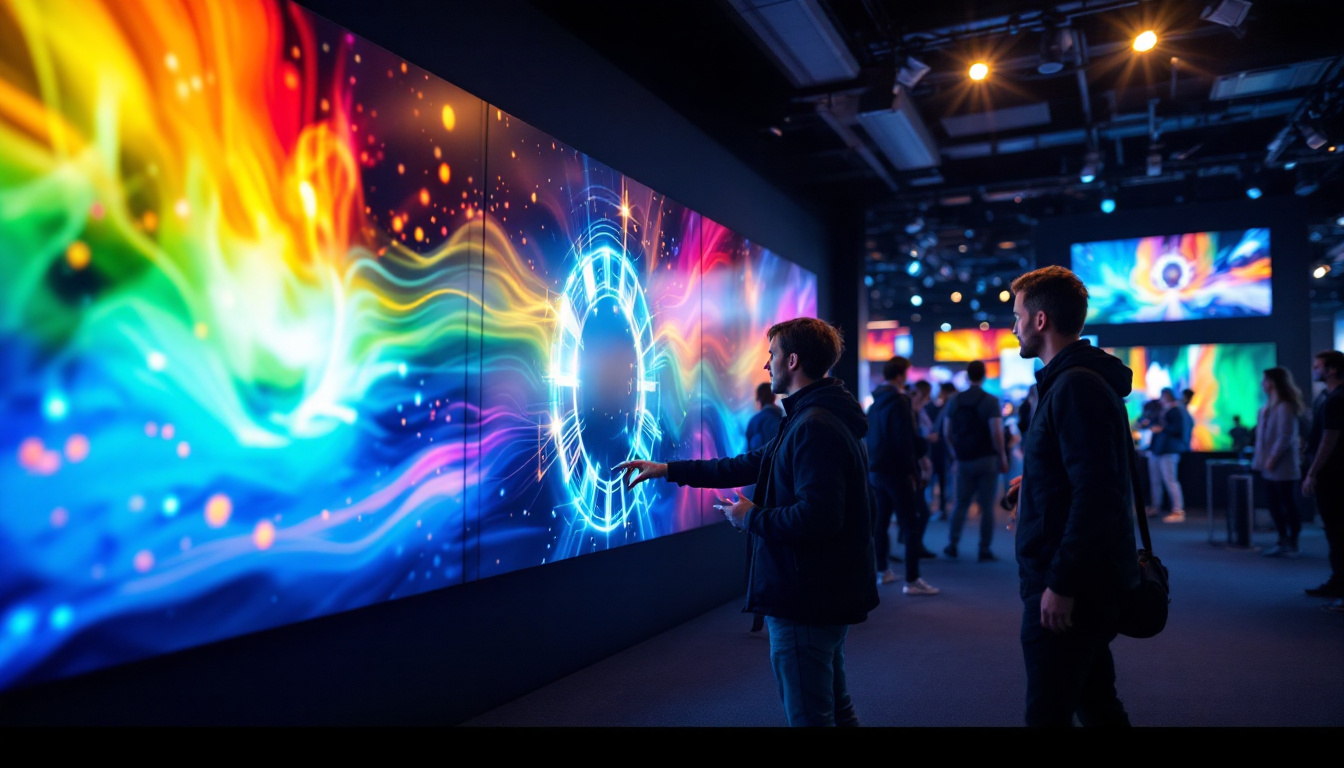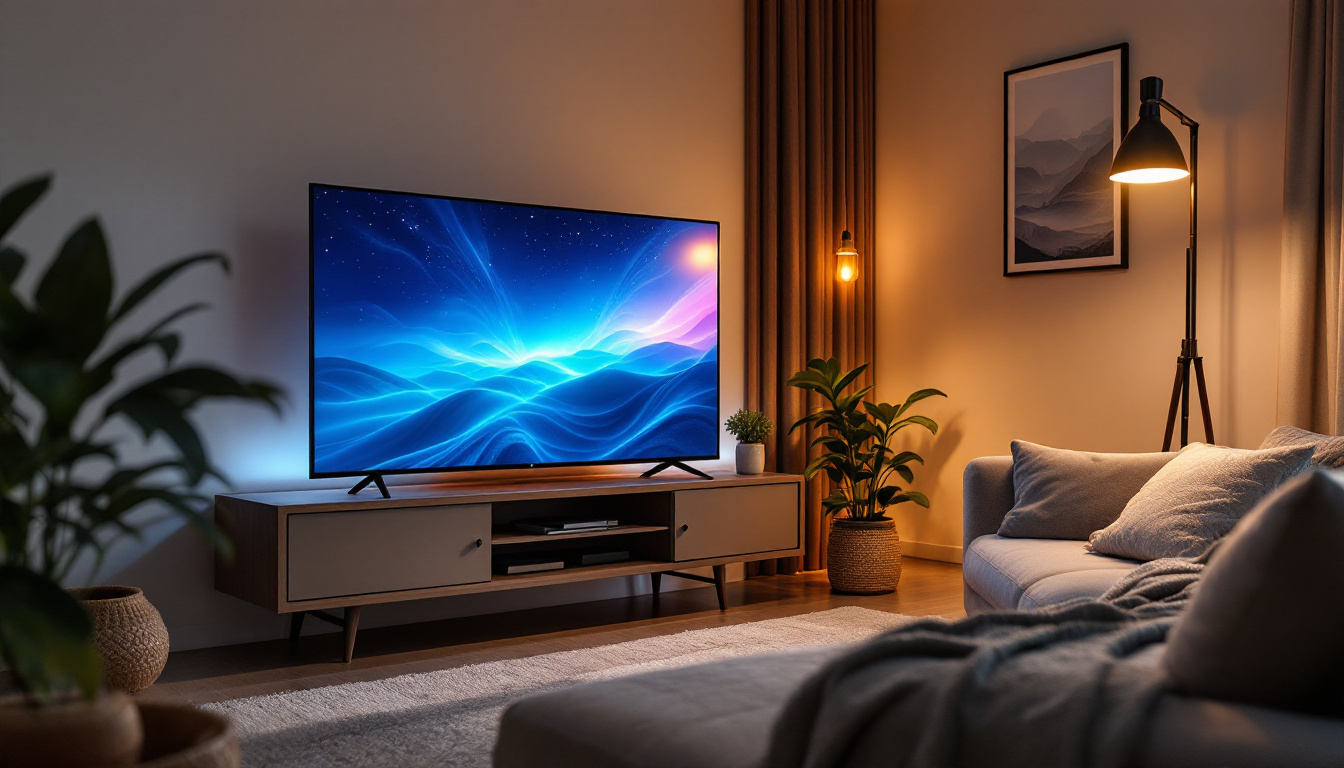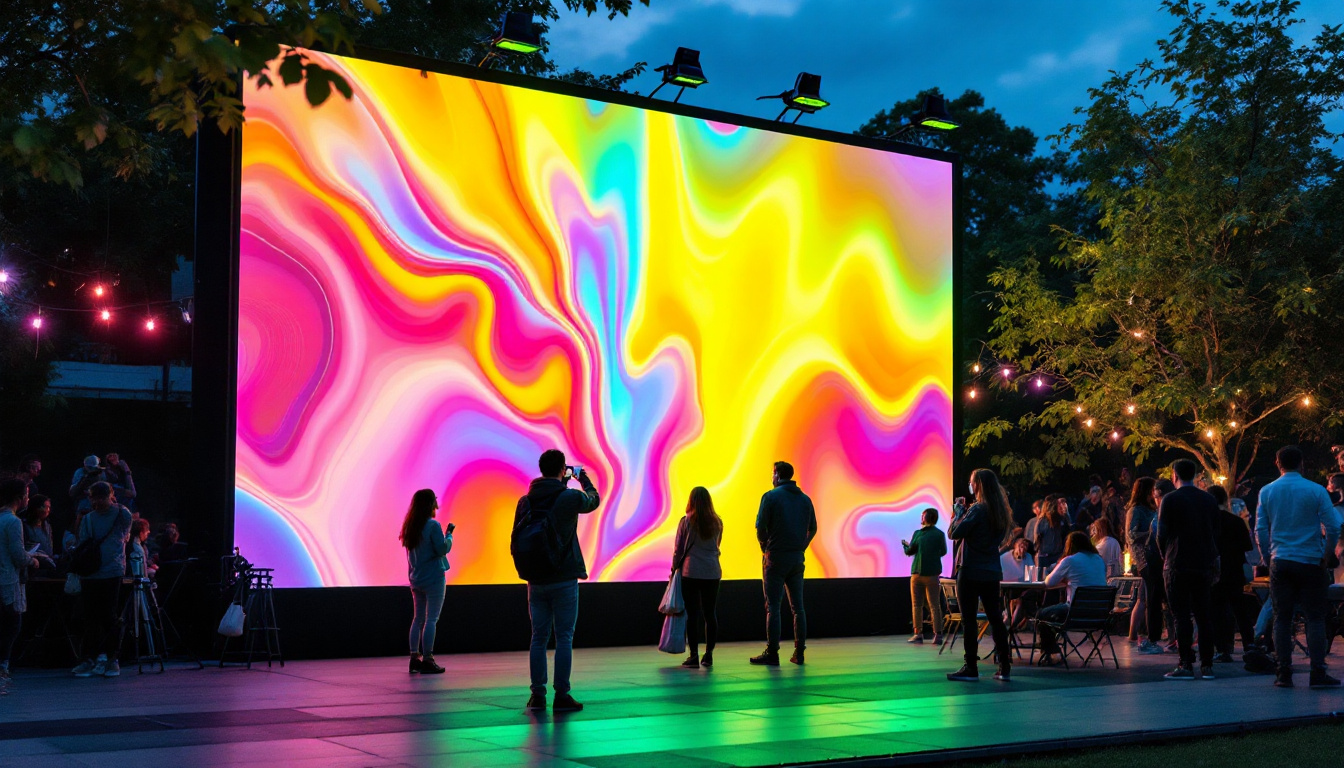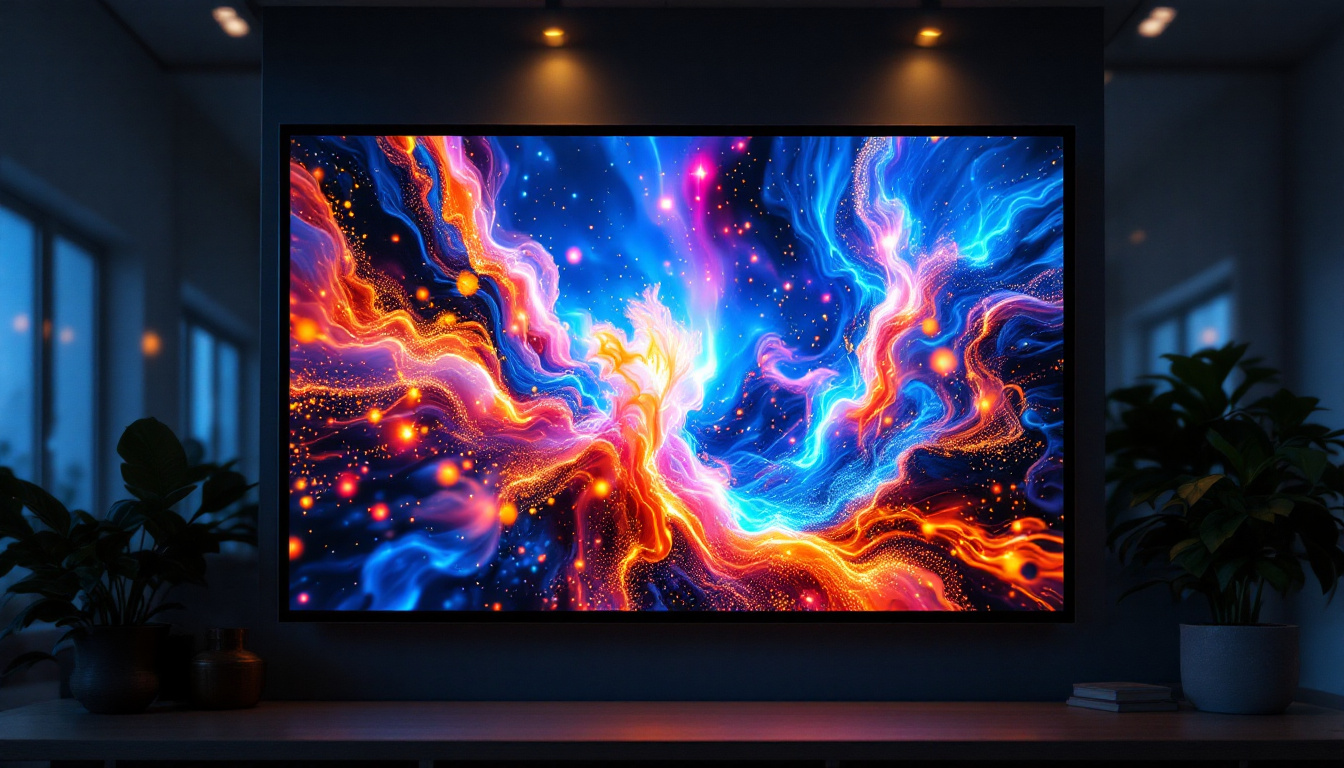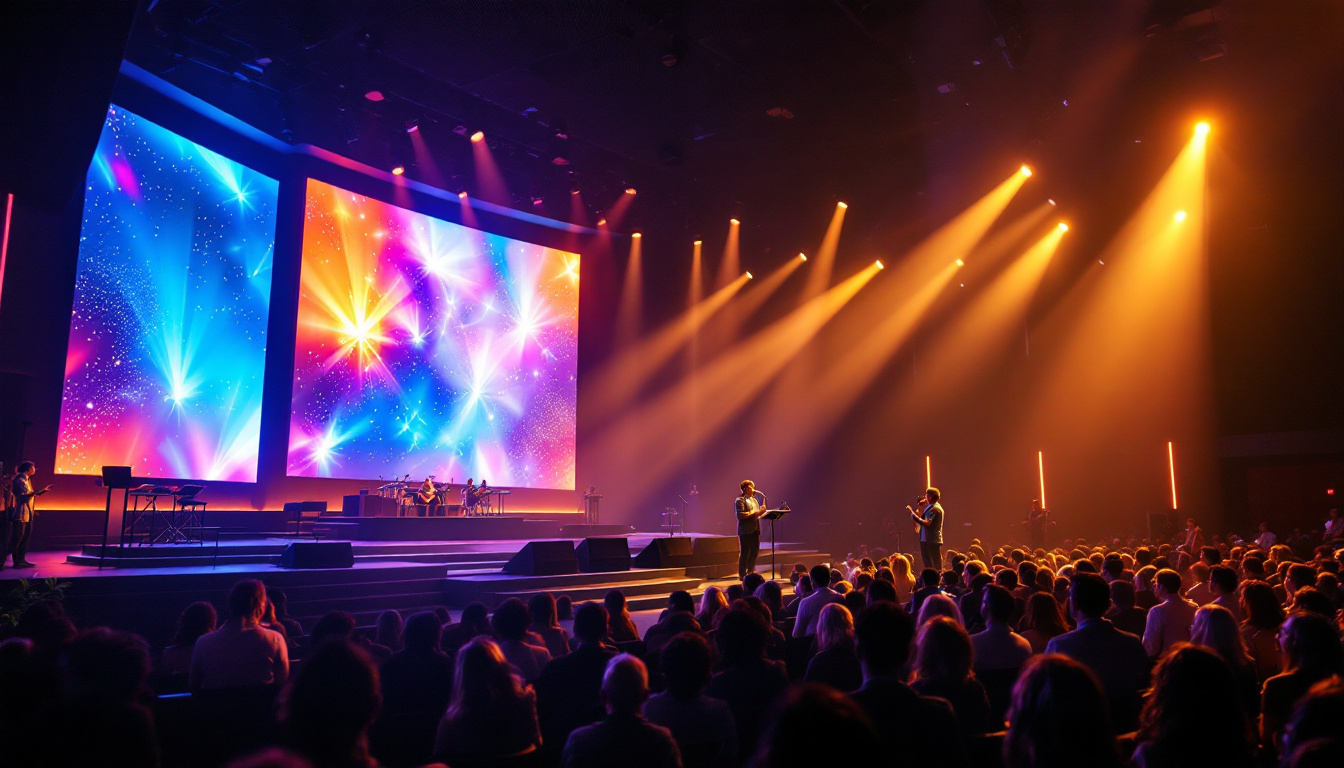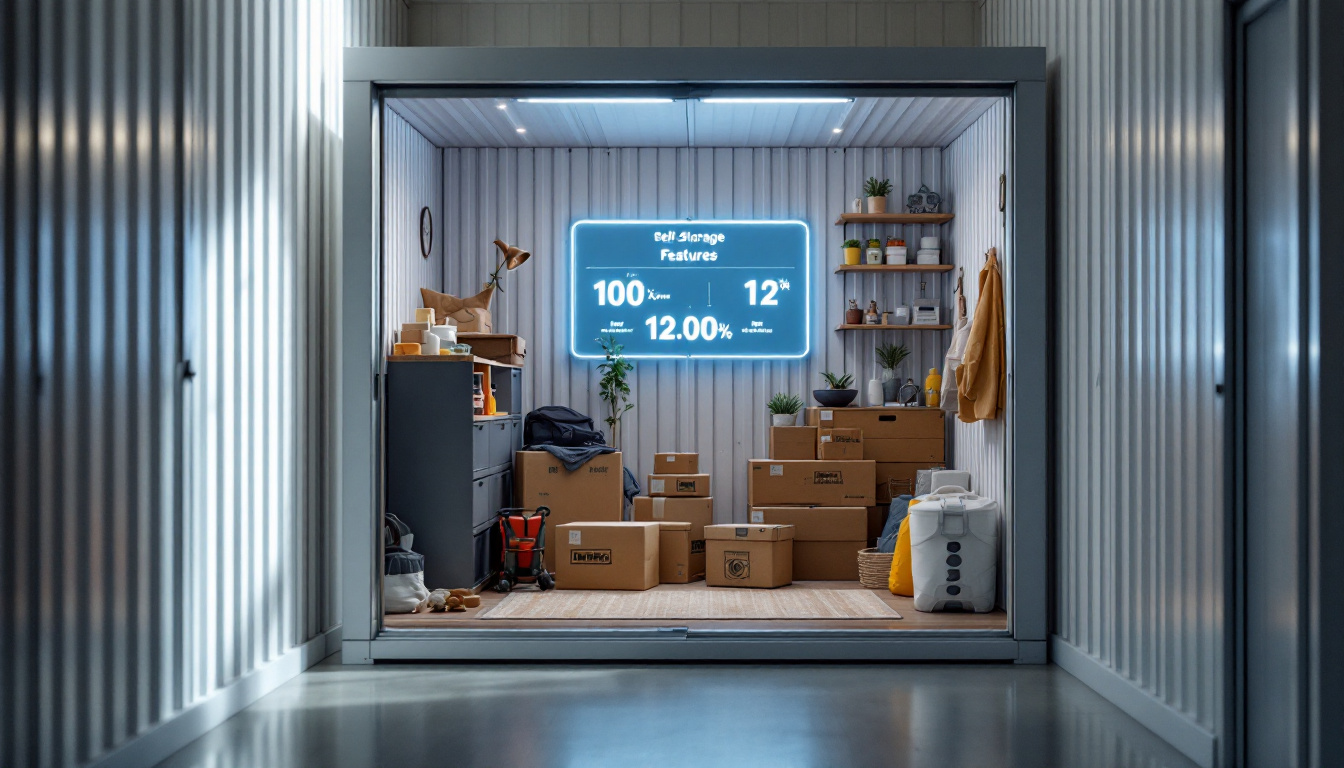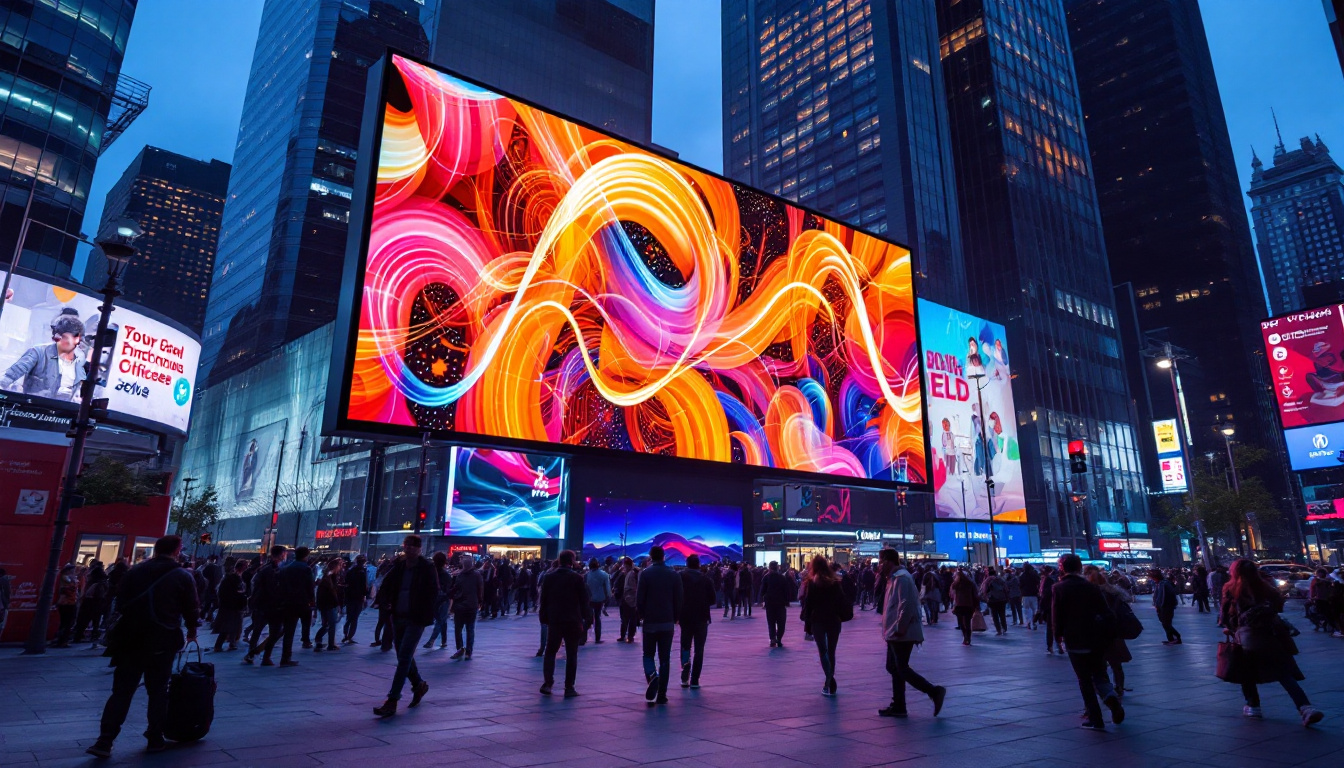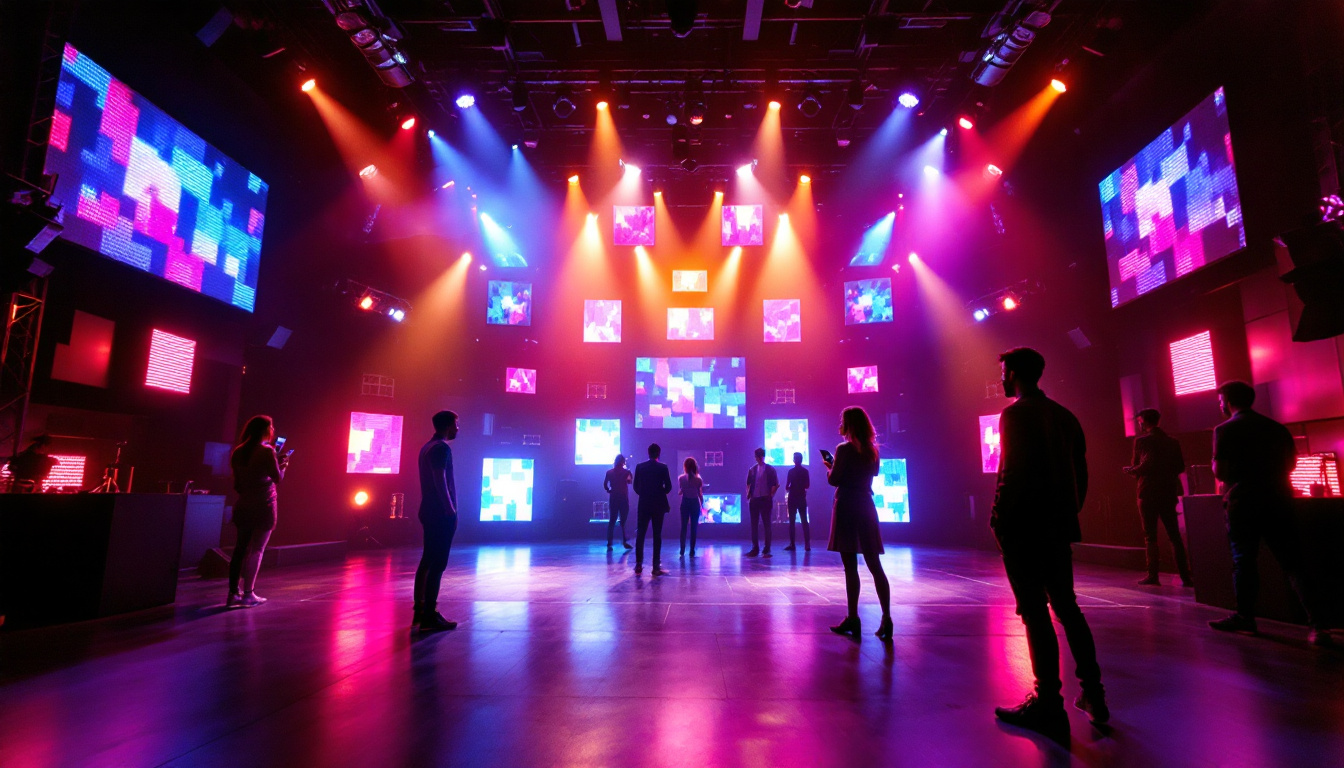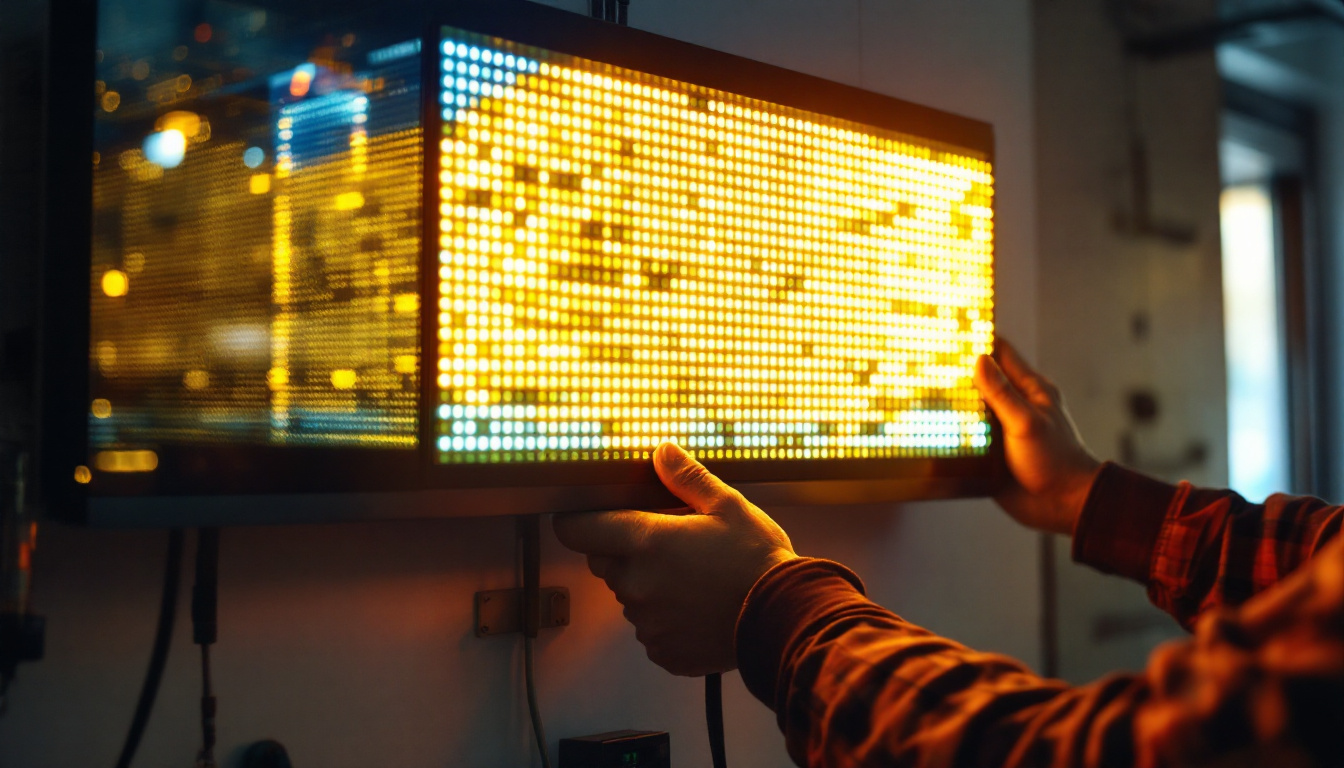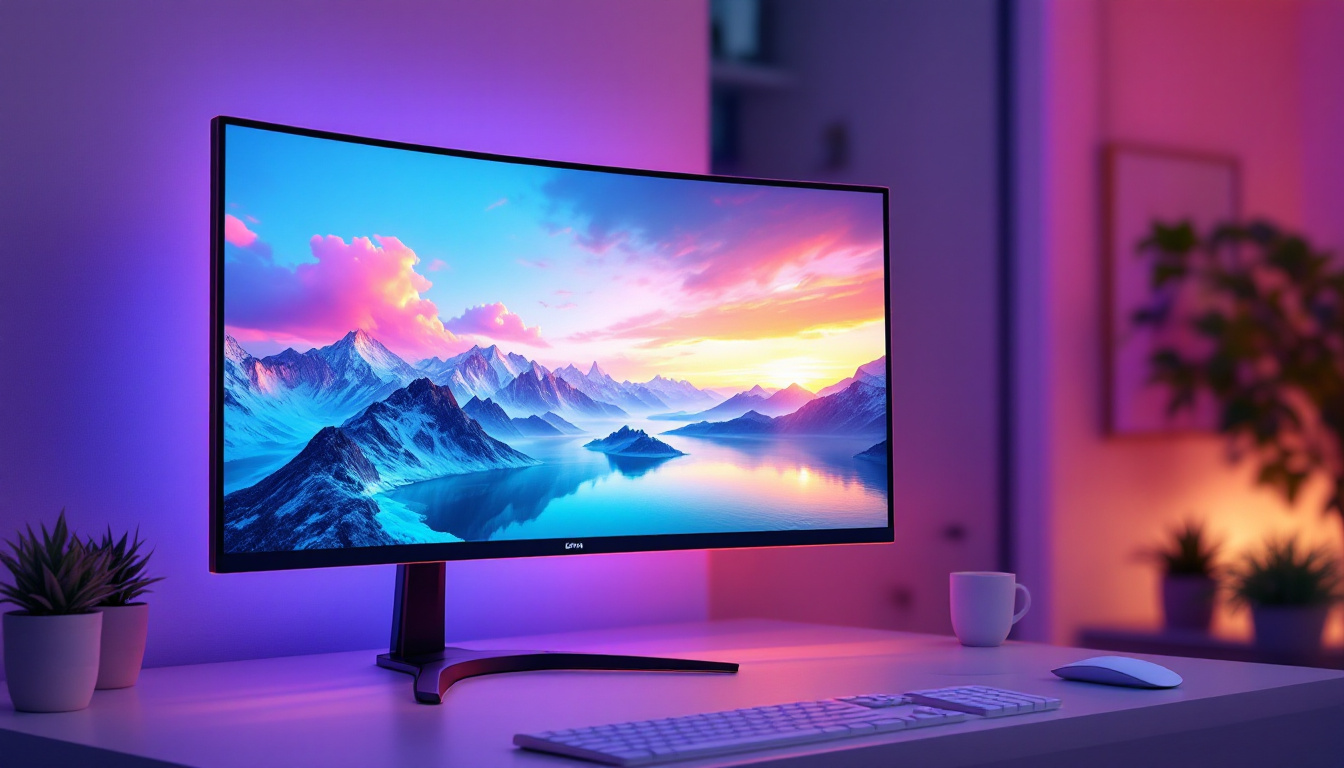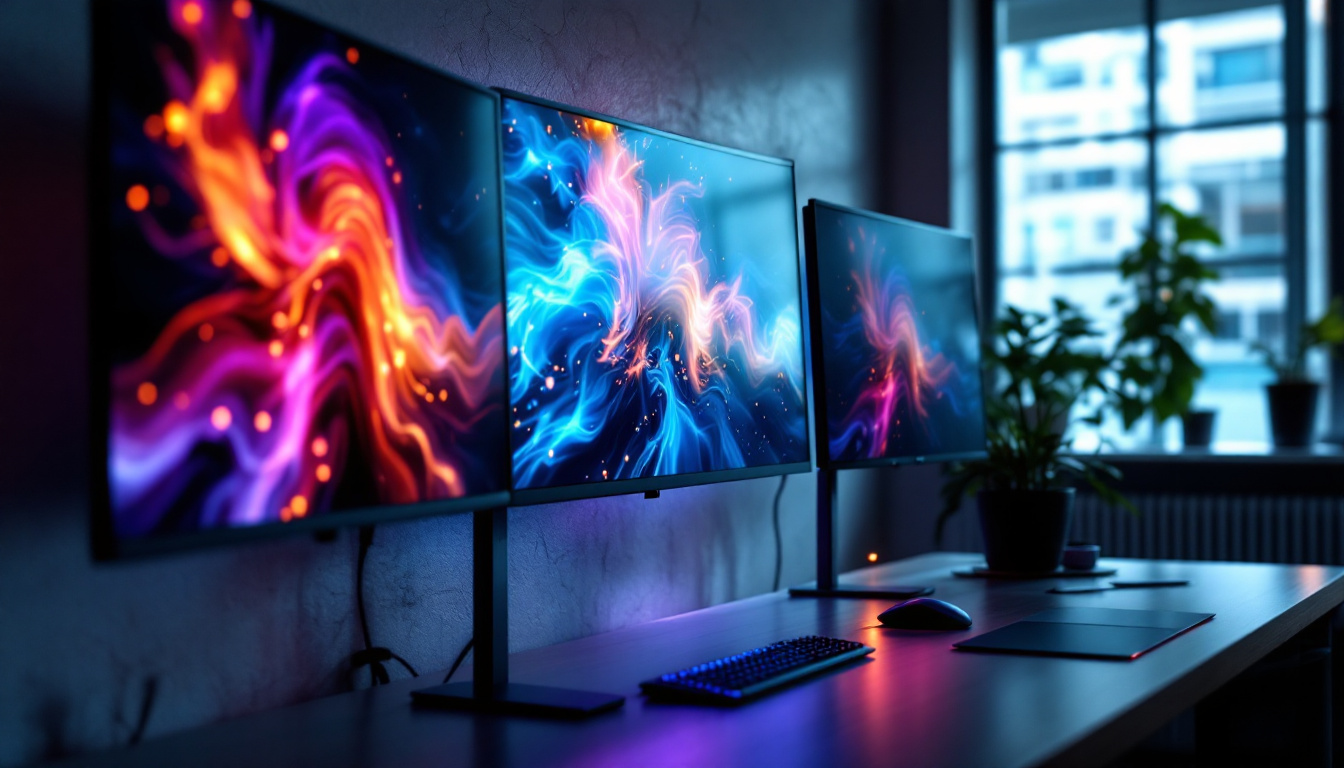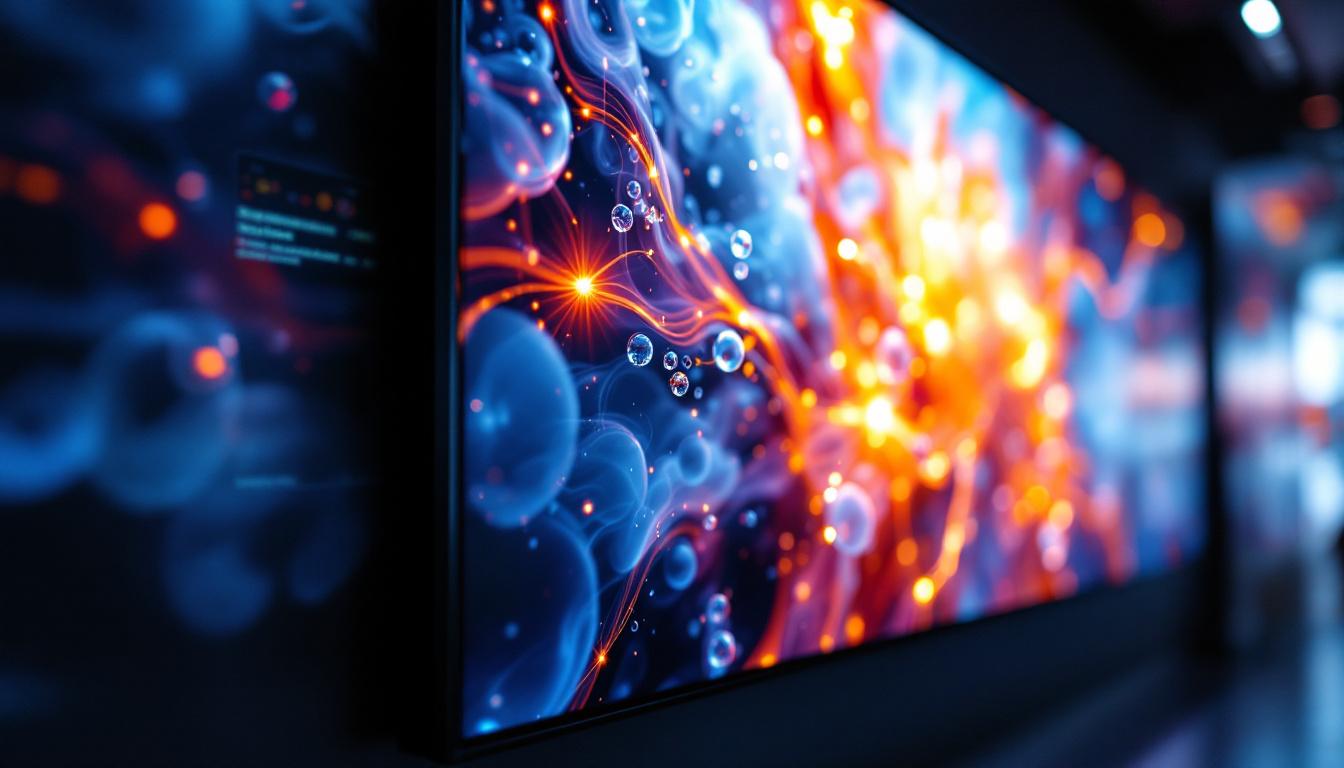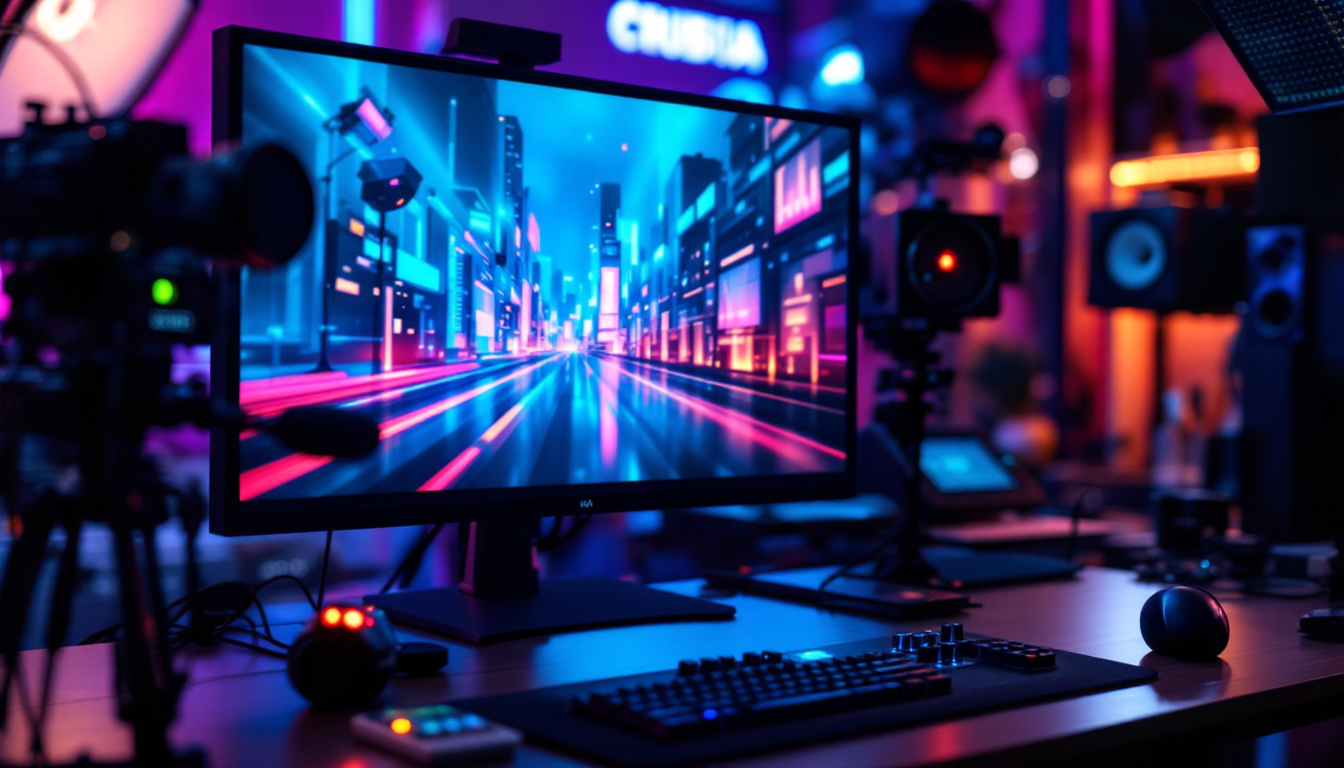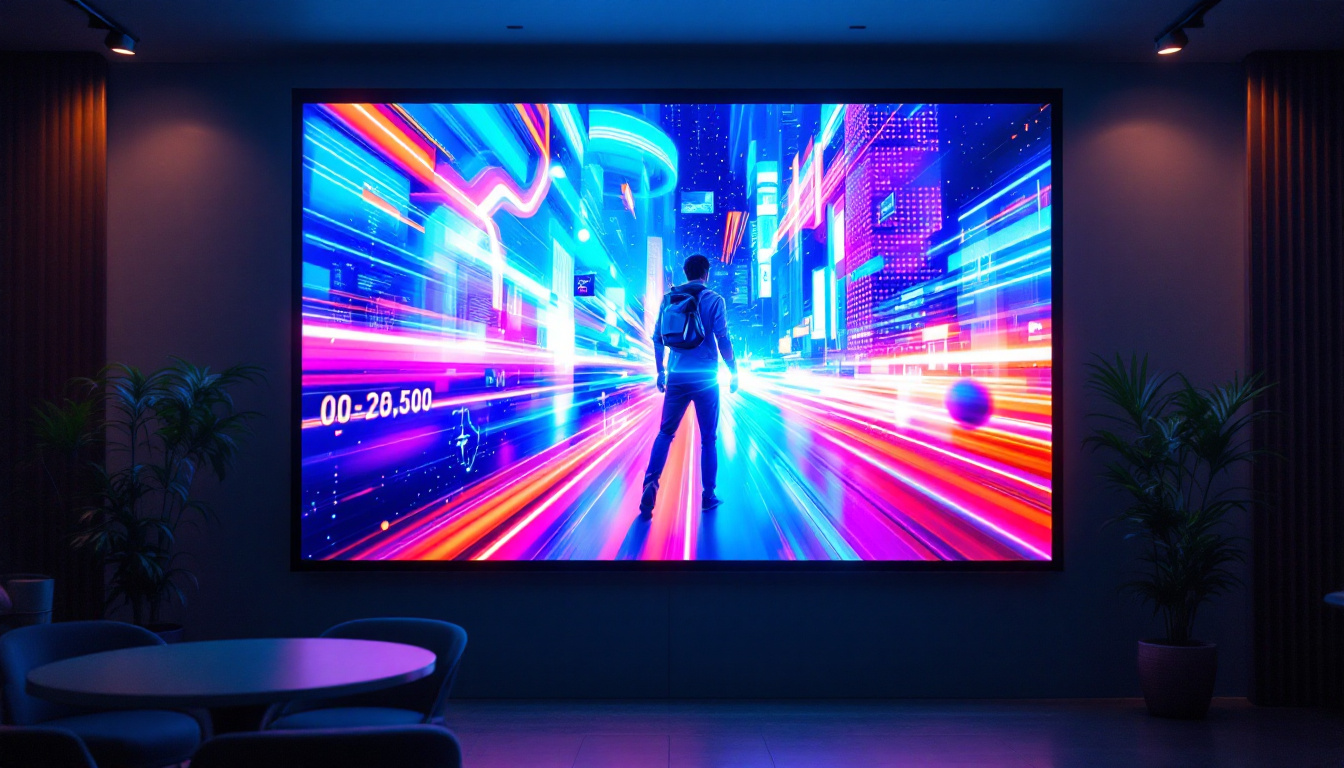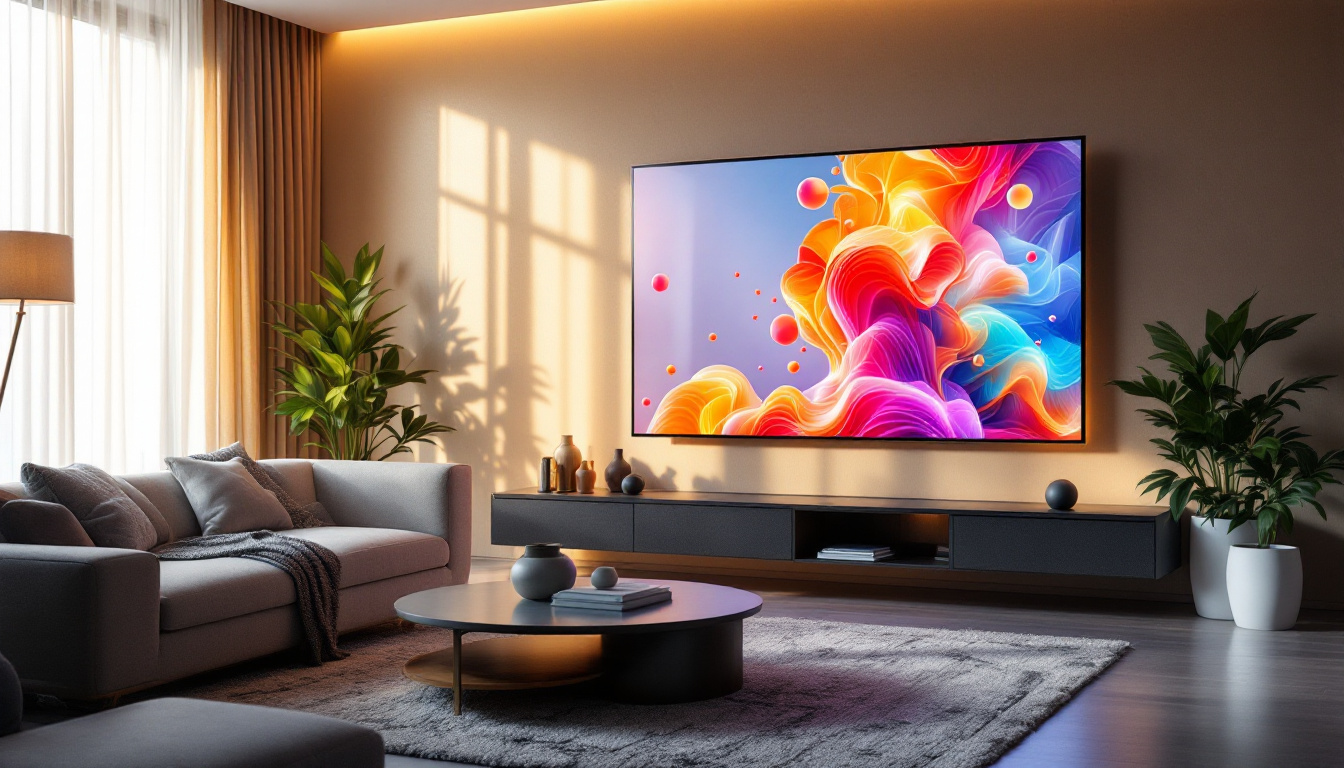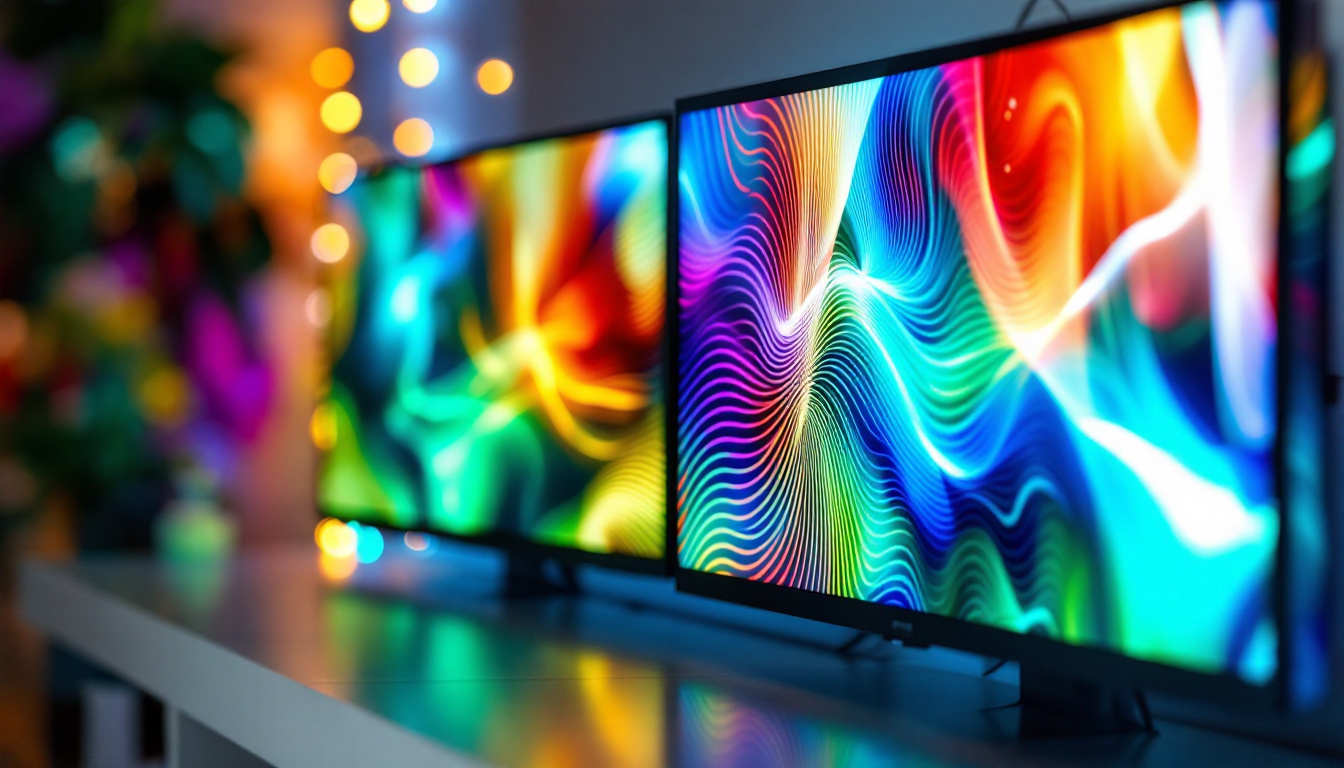Wall TV Mount Nearby: LED Display Explained
In today’s digital age, televisions have become a central part of our homes, serving not just as a source of entertainment but also as a key element in home decor. The evolution of LED technology has significantly enhanced the viewing experience, making it essential to understand how to mount these devices effectively. This article explores the intricacies of LED displays and the importance of proper wall mounting.
Understanding LED Technology
LED, or Light Emitting Diode, technology has revolutionized the television industry. Unlike traditional LCD screens that rely on fluorescent backlighting, LED displays use tiny diodes to produce light, resulting in brighter images and improved energy efficiency.
How LED Displays Work
LED displays consist of a matrix of pixels that emit light when an electric current passes through them. Each pixel is made up of red, green, and blue diodes, which combine to create a full spectrum of colors. This technology allows for deeper blacks and more vibrant colors compared to older display technologies.
Moreover, LED displays can be categorized into two main types: edge-lit and backlit. Edge-lit LEDs are thinner and more energy-efficient, while backlit models offer superior color accuracy and contrast. Understanding these differences can help consumers choose the right type of LED display for their needs. In addition, advancements in LED technology have led to the development of OLED (Organic LED) displays, which utilize organic compounds to emit light. This innovation further enhances color depth and contrast, making it a popular choice for high-end televisions.
The Advantages of LED Displays
One of the primary advantages of LED technology is its energy efficiency. LED TVs consume significantly less power than their LCD or plasma counterparts, which can lead to lower electricity bills over time. Additionally, LED displays are known for their longevity, often lasting up to 100,000 hours of use.
Another notable benefit is the picture quality. LED TVs provide higher brightness levels, better contrast ratios, and wider viewing angles. This means that viewers can enjoy a more immersive experience, whether they are watching a movie, playing video games, or streaming their favorite shows. Furthermore, many modern LED TVs come equipped with smart technology, allowing users to access streaming services, browse the internet, and even control their home devices directly from their television. This integration of smart features not only enhances the viewing experience but also positions LED technology at the forefront of home entertainment innovation.
Choosing the Right Wall Mount
Once the decision to invest in an LED display has been made, the next step is to choose the appropriate wall mount. A proper mount not only ensures safety but also enhances the viewing experience. There are several factors to consider when selecting a wall mount for an LED TV.
Types of Wall Mounts
Wall mounts come in various styles, each designed to meet different needs. The most common types include fixed mounts, tilting mounts, and full-motion mounts. Fixed mounts hold the TV flat against the wall, providing a sleek look but limited adjustability. Tilting mounts allow for a slight angle adjustment, which can help reduce glare from windows or overhead lights.
Full-motion mounts, also known as articulating mounts, offer the most flexibility. They allow users to pull the TV away from the wall, swivel it side to side, and tilt it up or down. This type of mount is ideal for rooms where viewing angles may vary, such as open-concept living spaces. In addition, full-motion mounts are particularly beneficial for larger TVs, as they can help distribute weight more evenly and prevent strain on the wall or mount itself.
Weight and Size Considerations
When selecting a wall mount, it is crucial to consider the size and weight of the LED display. Each mount has a specified weight limit, and exceeding this limit can lead to safety hazards. Additionally, the mount should be compatible with the TV’s VESA (Video Electronics Standards Association) mounting pattern, which varies by manufacturer and model.
To ensure a secure installation, it is advisable to choose a mount that is rated for a TV that is slightly heavier than the actual weight of the display. This extra margin provides peace of mind and enhances safety. Furthermore, it’s important to take into account the wall material where the mount will be installed. For example, drywall may require special anchors, while concrete walls might necessitate different types of screws or bolts. Understanding the wall structure can significantly affect the stability and longevity of the installation, ensuring that your investment in an LED display is protected for years to come.
Installation Tips for Wall Mounting
Proper installation of a wall mount is essential for both safety and optimal viewing. While some individuals may choose to hire professionals for this task, others may prefer to tackle it themselves. Regardless of the approach, following certain guidelines can lead to a successful installation.
Tools and Materials Needed
Before beginning the installation process, gather the necessary tools and materials. Common tools include a stud finder, level, drill, screwdriver, and measuring tape. Additionally, having a helper can make the process easier, especially when lifting and positioning the TV.
It is also wise to have the wall mount kit on hand, which typically includes brackets, screws, and anchors. Ensure that all components are compatible with the TV and the wall type to avoid complications during installation. If you are mounting on drywall, for instance, you may need specific anchors that can support the weight of the TV. Furthermore, consider investing in a cable management system to keep cords organized and out of sight, contributing to a cleaner aesthetic in your living space.
Finding the Right Height
Determining the ideal height for mounting the TV is a critical step. The general recommendation is to position the center of the screen at eye level when seated. This height can vary based on the type of furniture and the room’s layout. A common guideline is to mount the TV about 42 to 48 inches from the floor to the center of the screen.
Additionally, consider the distance from the seating area to the TV. A larger screen may require a greater distance to avoid eye strain, while smaller screens can be mounted closer. Taking these factors into account will enhance the overall viewing experience. It’s also beneficial to think about the viewing angle; mounting the TV too high can lead to discomfort during long viewing sessions. If you have a reclining sofa or chairs, you may want to adjust the height slightly lower to accommodate the angle at which viewers will be looking. This attention to detail can significantly improve comfort and enjoyment while watching your favorite shows or movies.
Maintaining Your LED Display
Once the LED display is mounted, maintenance is key to ensuring its longevity and performance. Regular care can prevent issues and keep the viewing experience enjoyable.
Cleaning and Care
Cleaning the screen is an essential part of maintenance. Use a microfiber cloth to gently wipe the surface, avoiding harsh chemicals that can damage the display. For stubborn smudges, a solution specifically designed for electronics can be used, but it is important to apply it to the cloth first, not directly on the screen.
Additionally, dust and debris can accumulate around the TV and its components. Regularly dusting the area and ensuring proper ventilation can help prevent overheating and maintain optimal performance. It’s also advisable to check the cables and connections periodically, ensuring they are secure and free from dust, which can interfere with signal quality. Investing in cable management solutions can help keep your setup tidy and reduce the risk of accidental disconnections or damage.
Software Updates and Calibration
Many modern LED displays come with smart features that require software updates. Keeping the TV’s firmware up to date ensures access to the latest features and performance improvements. Additionally, calibrating the picture settings can enhance the viewing experience, allowing for adjustments in brightness, contrast, and color accuracy.
Calibration can often be done through the TV’s settings menu, and many manufacturers provide guidelines for optimal settings based on viewing conditions. For those looking for a more precise calibration, professional calibration services are available, which can adjust the display to match industry standards. This can be particularly beneficial for home theater enthusiasts who want to achieve the best possible picture quality for movies and gaming. Furthermore, understanding the ambient light in your viewing space can help you make necessary adjustments to ensure that the display performs well in various lighting conditions, enhancing your overall viewing experience.
Conclusion: The Future of LED Displays
The evolution of LED technology continues to shape the way consumers interact with their televisions. As advancements in display technology emerge, including OLED and QLED options, the choices available will only expand. However, the fundamental principles of selecting, mounting, and maintaining a TV remain crucial for an enjoyable viewing experience.
Whether opting for a sleek, wall-mounted design or a more traditional setup, understanding the nuances of LED displays and wall mounts can enhance both the aesthetic and functional aspects of any living space. With the right knowledge and tools, anyone can create a captivating home entertainment environment.
In conclusion, investing time in understanding LED displays and proper wall mounting techniques will pay off in the long run, ensuring that the viewing experience remains enjoyable for years to come.
Explore Cutting-Edge LED Displays with LumenMatrix
Ready to elevate your home entertainment with the latest in LED display technology? LumenMatrix is at the forefront of innovation, offering a wide array of LED display solutions that transform any space into a dynamic visual experience. From the comfort of your living room to the excitement of outdoor events, our Indoor and Outdoor LED Wall Displays, Vehicle LED Displays, and more are designed to captivate and engage. Discover how our LED Sports Displays, Floor LED Displays, and Custom LED options can create an unparalleled viewing experience. Embrace the future of visual communication with LumenMatrix’s All-in-One and Transparent LED Displays. Check out LumenMatrix LED Display Solutions today and see your world in a whole new light.

